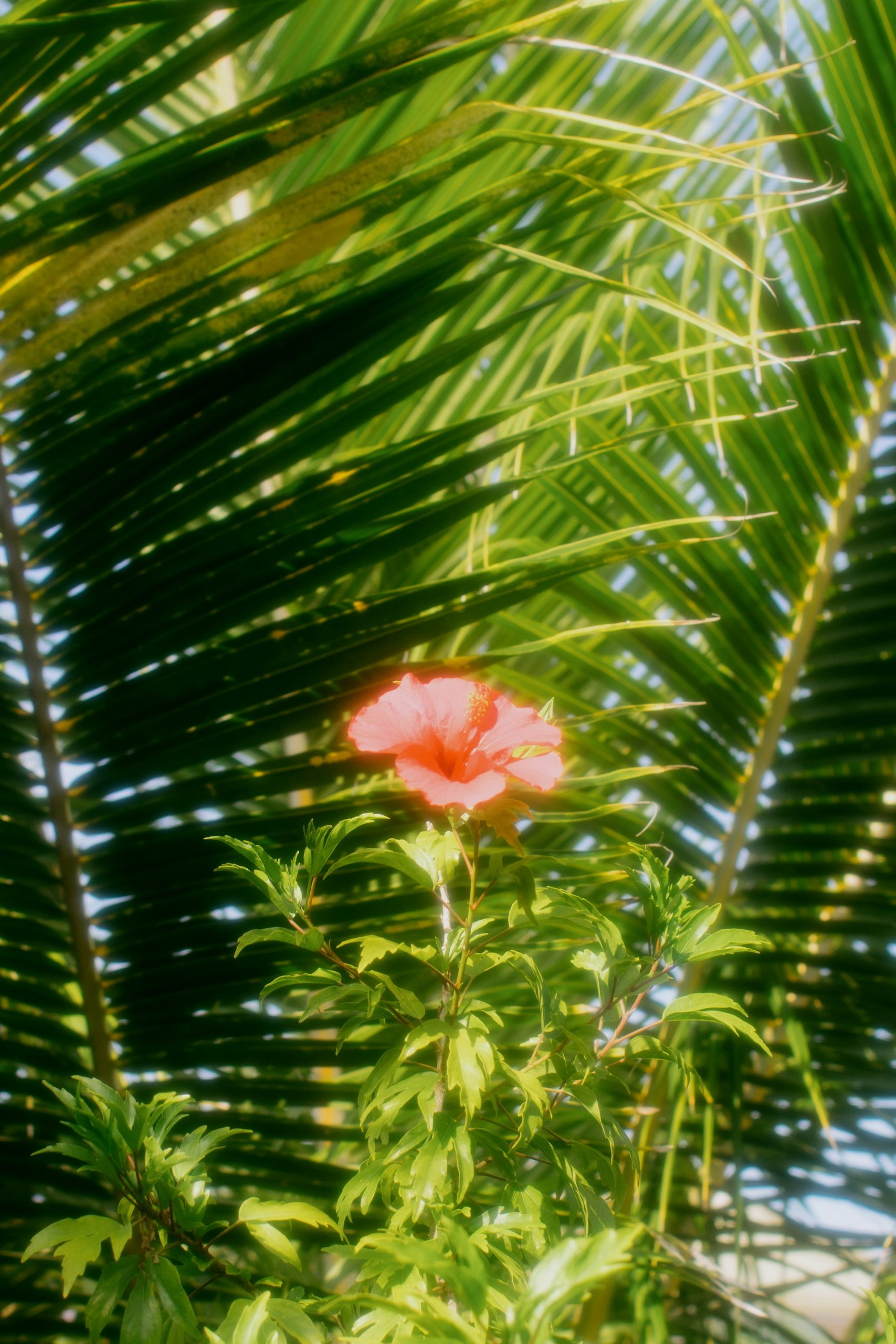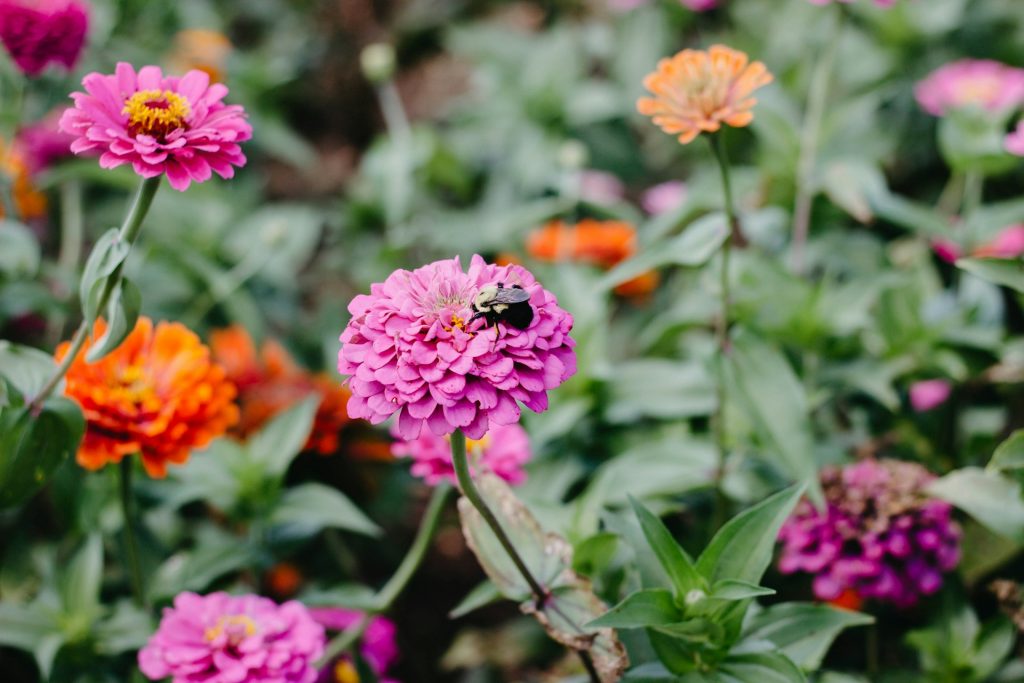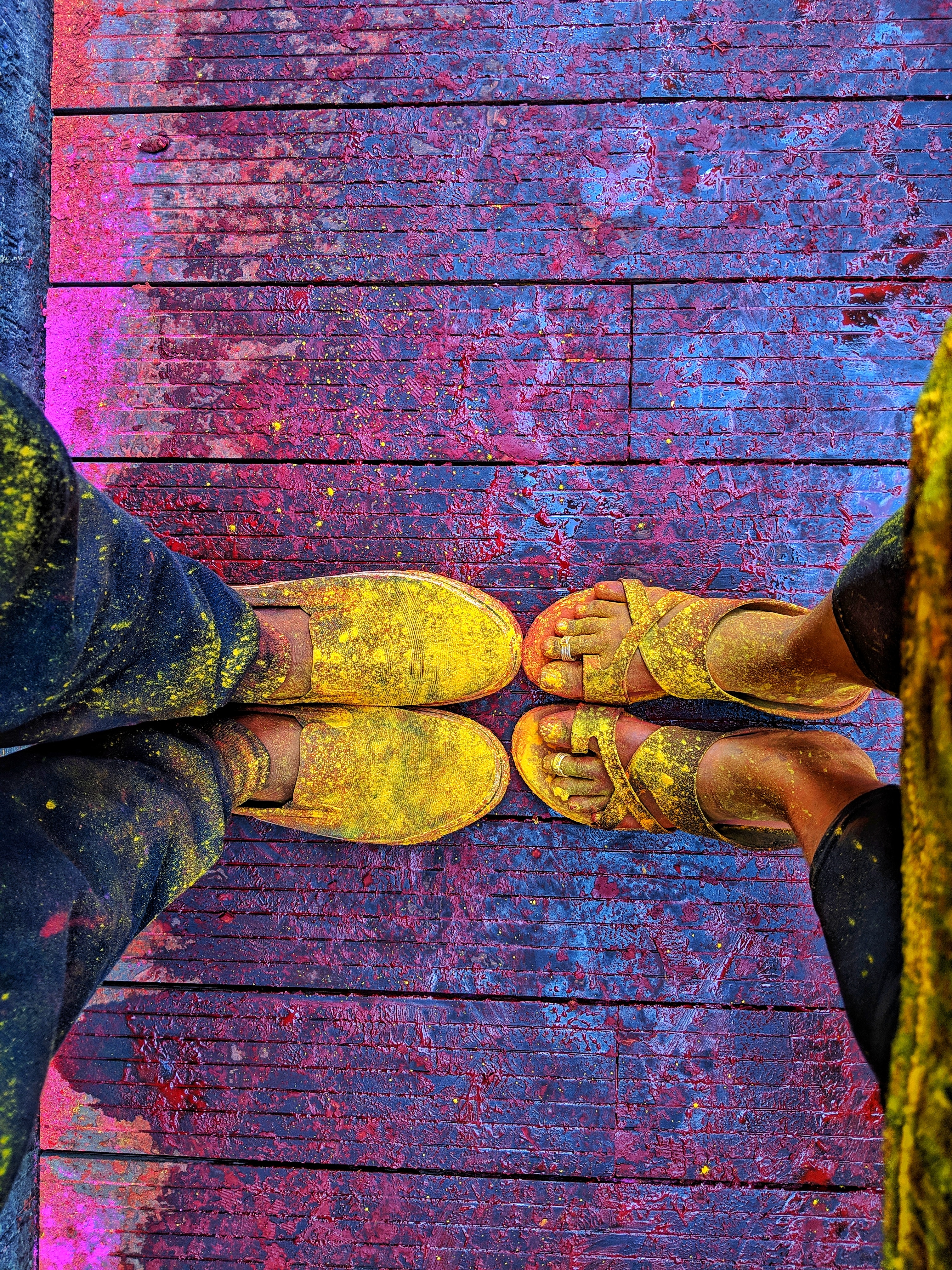
Pollinators play a critical role in our ecosystem. They are essential for the reproduction of many plants, including those we rely on for food. Unfortunately, pollinator populations, particularly bees and butterflies, have been declining due to habitat loss, climate change, and the use of harmful pesticides. However, gardeners and landowners can create a haven for these vital creatures by designing gardens that are rich in diversity and resources. This article explores how to cultivate a Pollinator Paradise by planting flowers that attract bees, butterflies, and hummingbirds, providing a sustainable and beautiful environment for pollinators and a delightful experience for observers.
Cover photo by Abyan Athif
Understanding Pollinators and Their Needs
Before delving into the specifics of which plants to choose, it’s important to understand the needs of different pollinator species. Bees, butterflies, and hummingbirds have distinct preferences in terms of habitat, food sources, and nesting sites.
Bees are particularly attracted to flowers with a high nectar-to-pollen ratio and those that provide a variety of flower shapes and sizes throughout the growing season. Butterflies prefer flat or slightly elevated lands with access to nectar-rich flowers, as well as areas for laying eggs and caterpillars to feed on. Hummingbirds are drawn to red or orange tubular flowers and require perches for resting and observing their surroundings.
Designing Your Pollinator Garden
When designing a garden that attracts pollinators, consider the following elements:
1. Diversity of Plants. Plant a variety of species to ensure a continuous supply of nectar and pollen throughout the seasons. This also creates a more resilient landscape that can better withstand pests and diseases.
2. Plant Selection. Choose native plants where possible, as they are adapted to local conditions and provide the most suitable food sources for native pollinators. Including both perennial and annual plants will ensure year-round habitat availability.
3. Flower Colors and Shapes. Offer a mix of flower colors, as different pollinator species prefer different colors. For example, bees are often attracted to blue, purple, and yellow flowers, while hummingbirds favor red or orange blooms. Provide a range of flower shapes, including flat-topped, dome-shaped, bell-shaped, and tubular flowers.
4. Planting in Clusters. Plant certain species in clusters to make it easier for pollinators to locate and access the flowers. This also mimics natural environments where plants grow in groups rather than singularly.
5. Avoiding Pesticides. Use organic pest control methods to avoid harming beneficial insects. Even some organic pesticides can be harmful, so research which products are safe for pollinators.
6. Water Sources. Include a shallow water source for bees to hydrate and for butterflies to puddle. A birdbath with pebbled areas can serve this purpose.
7. Nesting Sites. Provide structures like bee hotels or butterfly gardens with milkweed and other host plants to encourage nesting.
8. Shelter from Extreme Weather. Plant a variety of species that can provide shelter from strong winds, heavy rainfall, and extreme heat or cold.
9. Perches for Hummingbirds. Include tall shrubs or small trees where hummingbirds can perch to rest and survey their territory.

Flowers That Attract Different Pollinators
To create a thriving environment for bees, butterflies, and hummingbirds, select plants that cater to each pollinator’s preferences. Here are some excellent choices:
For Bees:
1. Native Wildflowers. Goldenrod, milkweed, asters, black-eyed Susans, and coneflowers are excellent choices for bees.
2. Herbs. Basil, thyme, lavender, and oregano provide rich nectar sources.
3. Shrubs and Trees. Serviceberry, dogwood, and willow trees offer both nectar and pollen.
4. Clovers and Legumes. Red clover and alfalfa are nitrogen-fixing plants that enrich the soil while providing bees with sustenance.
For Butterflies:
1. Milkweed. A must-have for monarch butterflies, milkweed serves as a host plant as well as a nectar source.
2. Aster. Provides late-season nectar for many species of butterflies.
3. Parsley. An excellent choice for small butterflies like the Monarch and Painted Lady.
4. Sunflowers. Offer nectar and provide shelter for butterfly larvae.
5. Marigolds. Not only deter pests but also attract butterflies.
For Hummingbirds:
1. Bee Balm (Monarda). Its tubular flowers are perfect for hummingbirds to access nectar.
2. Columbine (Aquilegia). Offers long tubes that are ideal for hummingbirds.
3. Salvia. A diverse genus with many species that provide ample nectar for these birds.
4. Petunias and Phlox. Their tubular flowers are also favored by hummingbirds.
5. Honeysuckle. While often considered invasive, native species of honeysuckle can be beneficial.
Maintaining Your Pollinator Garden
Once your Pollinator Paradise is established, maintenance is key to its success. Regular upkeep includes:
– Deadheading. Remove spent flowers to encourage new blooms and prevent the spread of diseases.
– Weeding. Keep the area free of competitive weeds that can outshine or outcompete your intended pollinator plants.
– Mulching. Apply organic mulch to retain soil moisture, regulate soil temperature, and suppress weeds.
– Pruning. Maintain the health and shape of your plants by pruning as needed.
– Monitoring for Pests and Diseases. Keep an eye out for signs of pests or diseases and address issues promptly using non-toxic methods.
Educating Your Community
Creating a Pollinator Paradise is not only about planting the right flowers but also about educating your community on the importance of pollinators. Share information about how to start their own pollinator gardens, the benefits of native plants, and the dangers of certain pesticides. Encourage schools, businesses, and local government to create their own pollinator-friendly spaces.
Conclusion
A Pollinator Paradise is a beautiful and rewarding addition to any garden. By planting a diversity of flowers that cater to the needs of bees, butterflies, and hummingbirds, we can provide essential habitat and sustenance for these vital creatures. These gardens not only support biodiversity but also offer us moments of joy and connection with nature. As stewards of the land, it is our responsibility to protect and nurture pollinator populations. By creating a Pollinator Paradise, we contribute to a healthier ecosystem and a more sustainable world for generations to come.
In summary, the creation of a Pollinator Paradise requires careful planning, a diverse selection of plants, and ongoing maintenance. By understanding the preferences of different pollinators and providing them with the resources they need, we can ensure that our gardens are not only beautiful but also play a critical role in supporting life. Let’s roll up our sleeves, get our hands dirty, and start planting for pollinators today!


